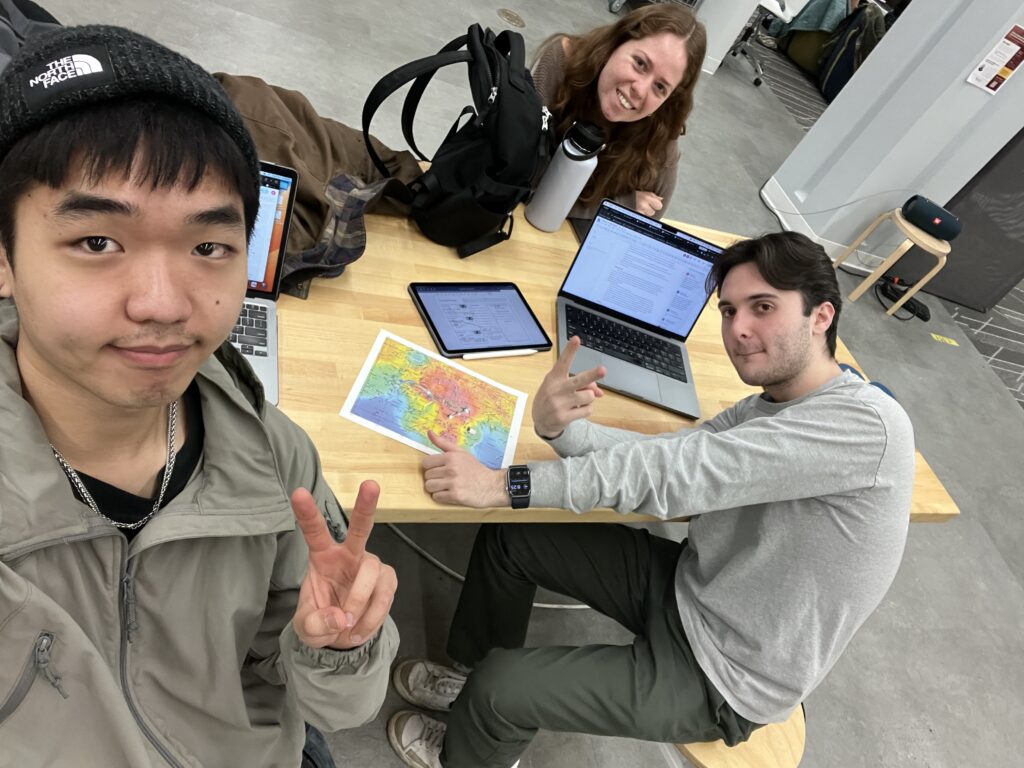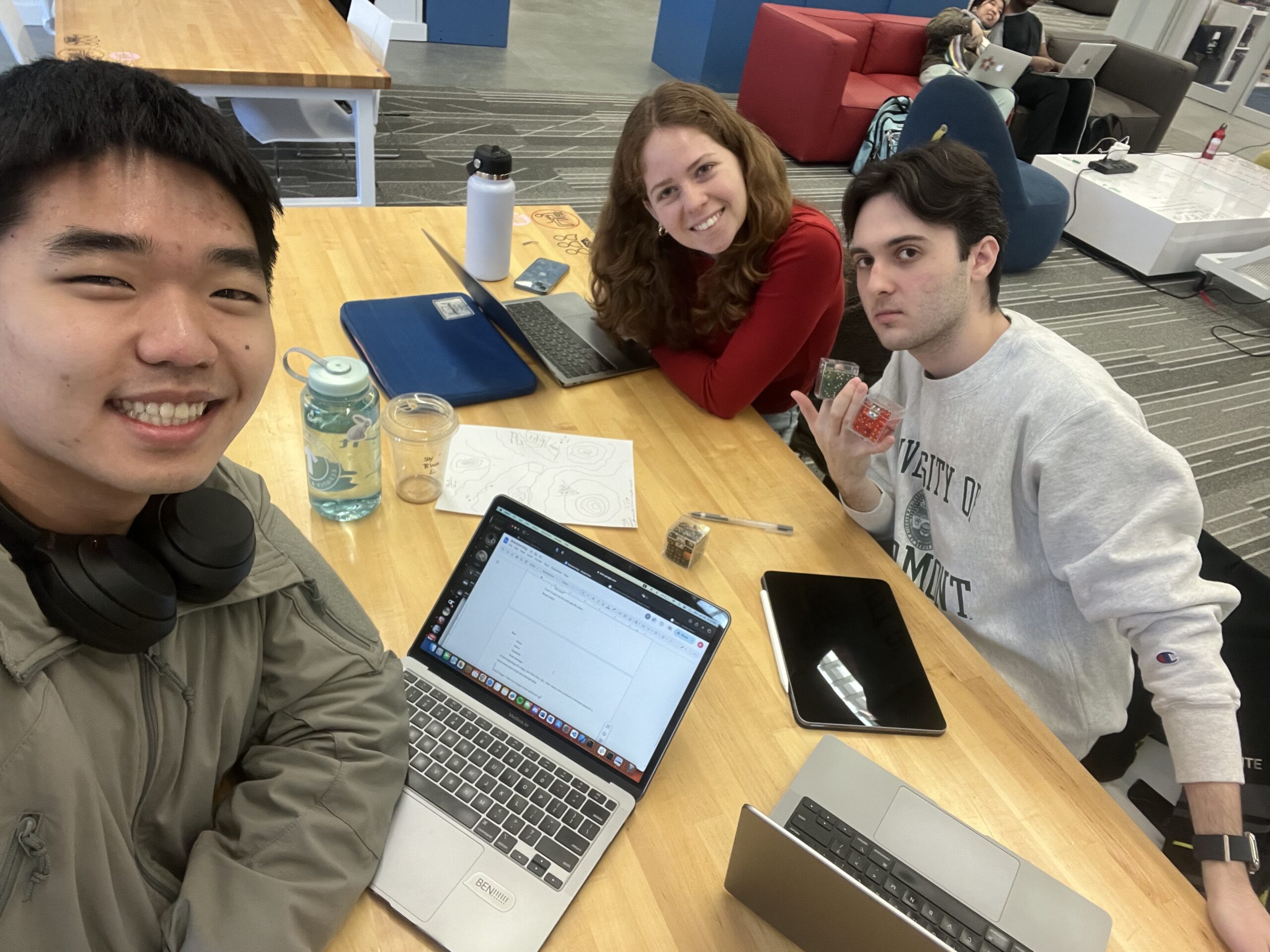By: Ben Sim, Jason Frey, and Catherine Acosta
We began our conversation about making our TTRPG by discussing what we did and did not like about two games we played earlier, Fiasco and Dialect. We were not huge fans of how these GM-less games required players to adhere to a strict turn-by-turn structure, but we enjoyed how they encouraged role-play. Both games had longer set-up periods in which the players could select the elements that would make up their characters and the game.
Then we heard Jason’s idea about a barren planet with emerging life. Ben and I (Catherine) were charmed by the idea of coming together and initially thought our games would use the Belonging without Belonging structure. Then we began brainstorming the details of our world and characters. Were we plants? Robots? Are there any other forms of life/intelligence in this world or is it just us?
Then once we realized we wanted the players to be the first/only life forms on this planet we saw how the Powered by the Apocalypse framework might work best. We knew we wanted a GM and we were interested in having some stats to guide players along—instead of turn-by-turn. We modeled some of our character sheets on ones from games like Candela Obscura and Apocalypse World. These had some stats but were not as detailed as some like Dungeons and Dragons. Then we knew we needed to playtest to determine what stats were relevant, how the GM would guide play, and how we would ensure that players were motivated and understood the goals of each phase. We played around with the idea of physically moving on a map/piece of paper and not just theoretically moving toward each other on a barren planet.
We played a first round with Jason as GM, and Ben and I as players. Jason guided us through building our characters and our motivations guided the phases of each era. We became interested in evolution and allowing our game to transpire over millions of years. We used dice to determine the success or failures of each character’s endeavors and also allowed the GM to use dice during the “in-between” phase. Here we determined what groundwork needed to be laid to create our rulebook. But upon reflection, we realized the Blades in the Dark/Illuminated Worlds framework might be more helpful because it focuses on how to do storytelling and role-playing even while working in discrete “eras” or “missions,”. Additionally, the mechanic called “Downtime” was similar to our idea for end-of-stage time passing, where players get points or draw attention to themselves, or face trouble, and they also get downtime activities where they can tell a story of how they grow or change.
Now we have our game based on the Blades in the Dark/Illuminated Worlds framework. Flowers on Mars allows you to create your own botanical character. Your goal is to survive possibly catastrophic events as your planet and character evolve over the course of a millennium until you can reach the other players and form a community rich in biodiversity—and most importantly a planet that can sustain life.
Update! For our final version of: Flowers on Mars
After our playtest in class we had some feedback we wanted to address and use to improve our game. We needed a more well-defined mechanism for movement, a way to generate specific goals for players throughout gameplay, edit some of our wording to differentiate players’ skills from each other, and add more specificity to each species players can play as.
For movement, we made it so that players who failed to locate others would move randomly in the 4 cardinal directions, while those who succeeded in locating others could move toward them depending on how successful their dice rolls were.
Then we added goals that we call a Sensing Root. These are In-Era goals assigned to players by the GM either from a list of our suggestions or from their imagination. These will guide players through each era as they strive to complete a goal before the era concludes.
Then we developed specific characteristics and advantages for each of the species (flower, fungus, moss/lichen, fern, and vine). Finally, we fine-tuned some of our language! Now the attributes on our character sheets are Propagate, Endure, Signal, Intuit, Survey, and Terraform. Our goal was to make them all unique and equally necessary to gameplay.

Here’s us at our final brainstorm! Okay bye!
